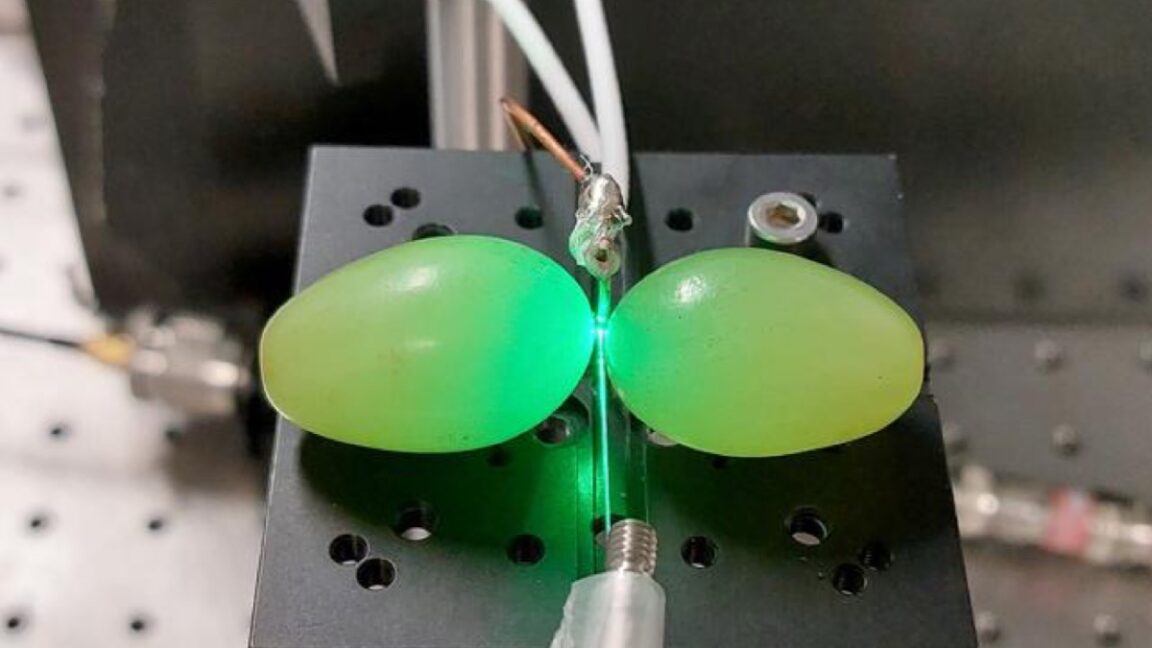Recent research indicates that the common grape, when subjected to microwave radiation, can enhance magnetic fields, demonstrating potential applications in quantum sensing technologies. This finding opens doors for more accessible and affordable alternatives to traditional materials used in sensitive scientific equipment.
The study, spearheaded by researchers at Macquarie University, explored the previously known plasma effect seen in microwaved grapes. Building upon existing knowledge of the electrical fields, the team discovered that grape pairs can also amplify magnetic fields, crucial for quantum sensing. These enhanced magnetic fields are essential for various applications, including satellite technology and quantum computing.
To conduct their experiments, the researchers utilized specially fabricated nanodiamonds with defect centers acting as tiny magnets. These tiny magnets are used in quantum sensing for their highly sensitive response to their magnetic field environment. This approach is contrasted with traditional methods that rely on sapphires; however, the team realized the water content of grapes conducts microwaves more effectively.
By positioning a nanodiamond sensor between two grapes and shining a laser light through the setup, the researchers measured the magnetic field strength, which was doubled with the presence of grapes. The study further highlighted the crucial role of grape size and shape, requiring a length of approximately 27 millimeters for optimal microwave energy concentration at the right frequency for the quantum sensor.
Despite demonstrating a doubling of magnetic fields, the team noted the instability and increased energy loss associated with using grapes in this way. The researchers emphasized that future studies will be required to identify more stable and reliable materials that can duplicate similar effects. Their findings have been published in Physical Review Applied under DOI: 10.1103/PhysRevApplied.22.064078, contributing to the growing field of quantum sensing research.







